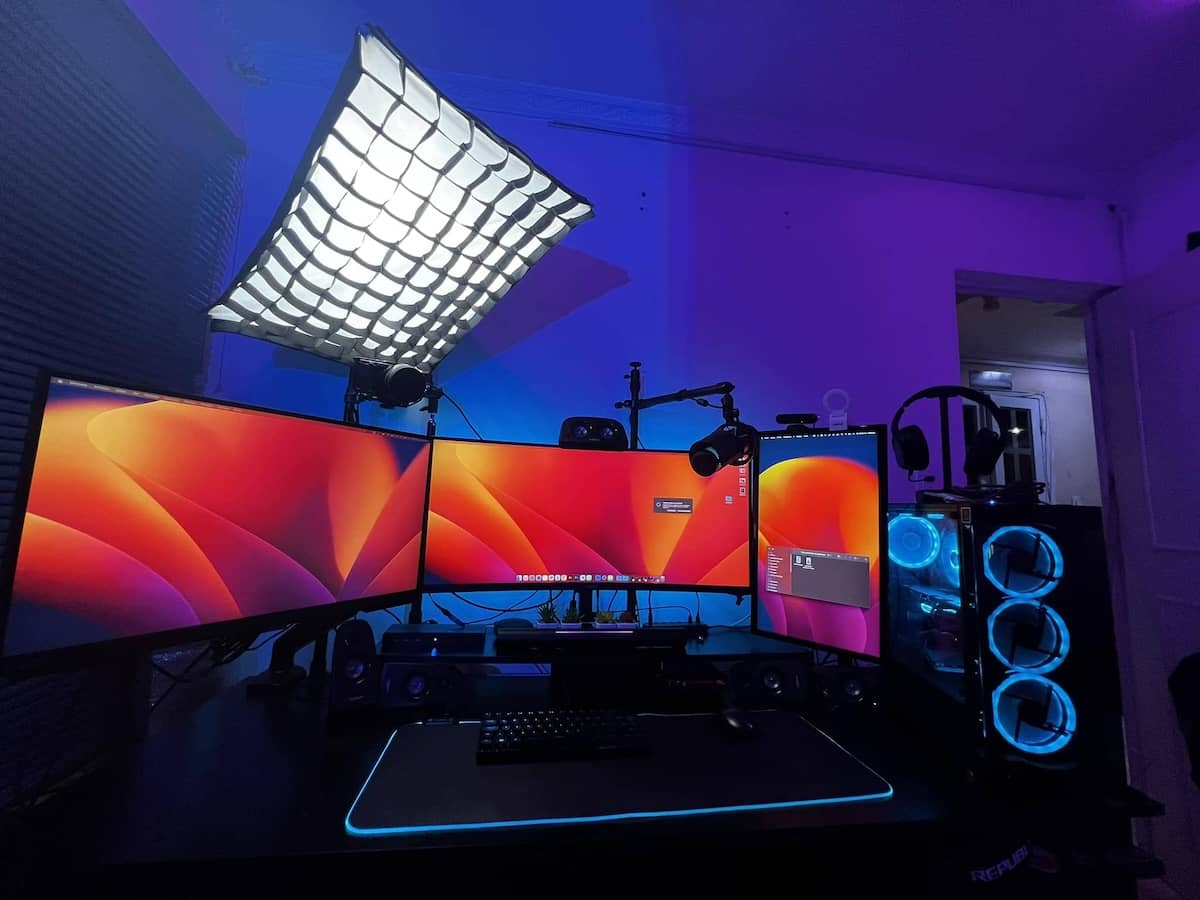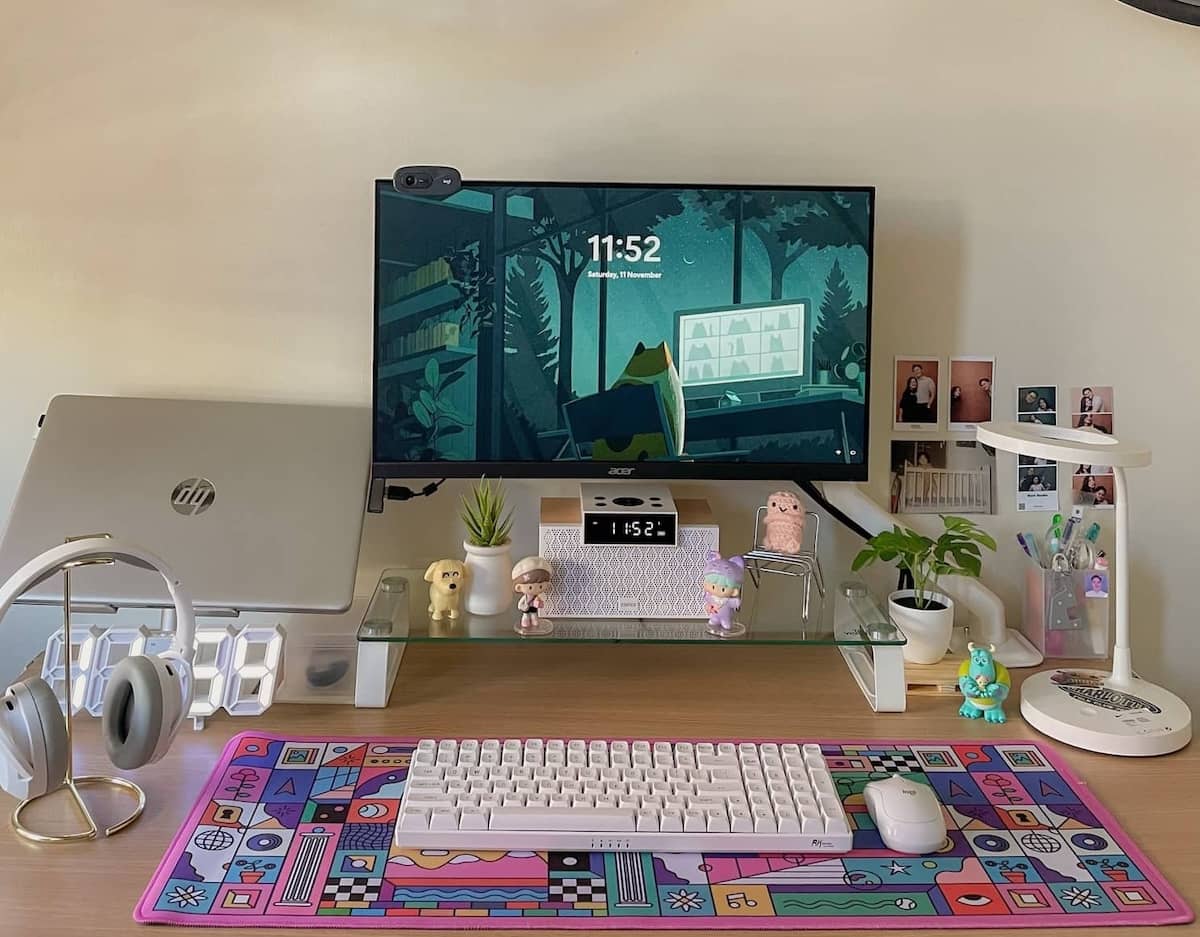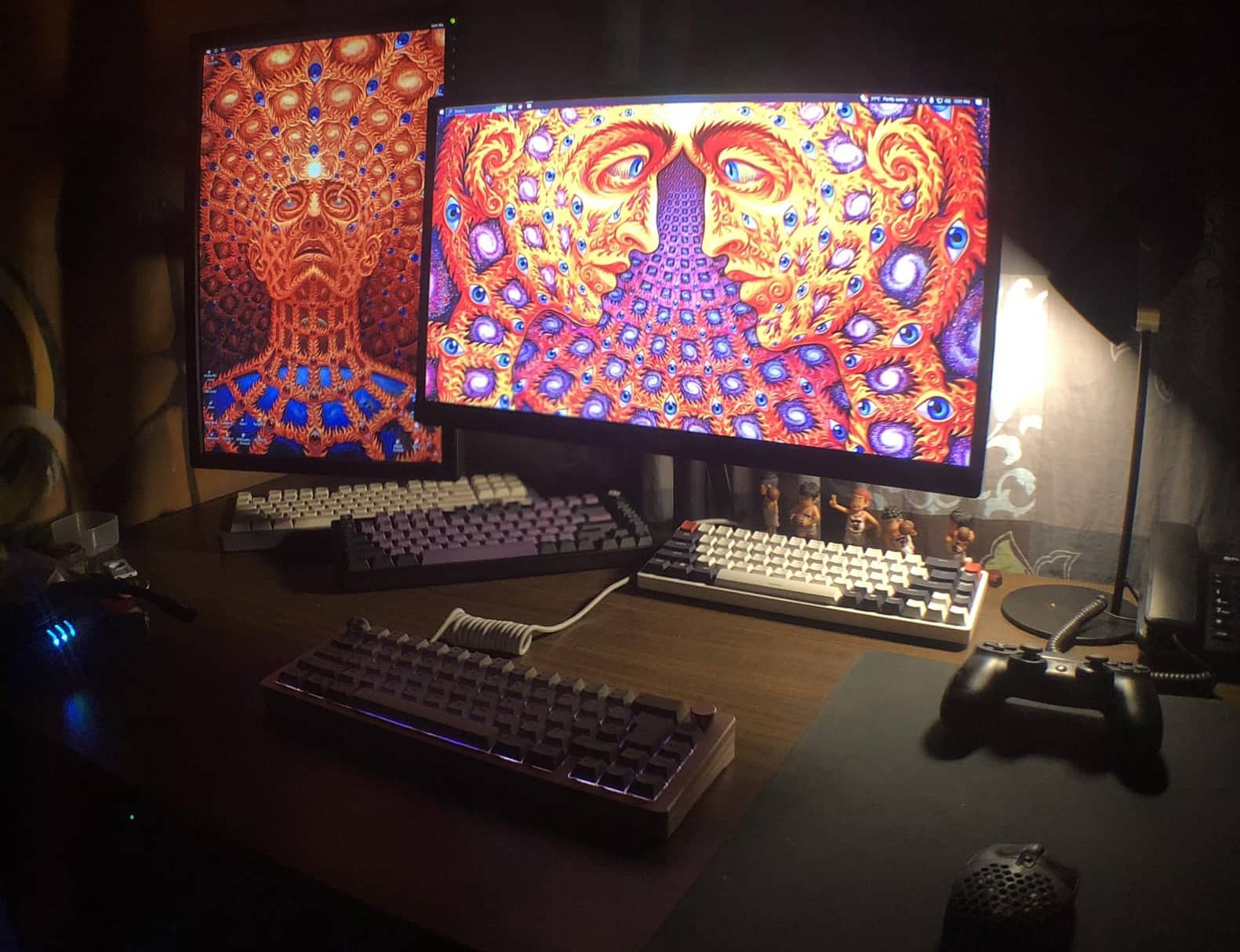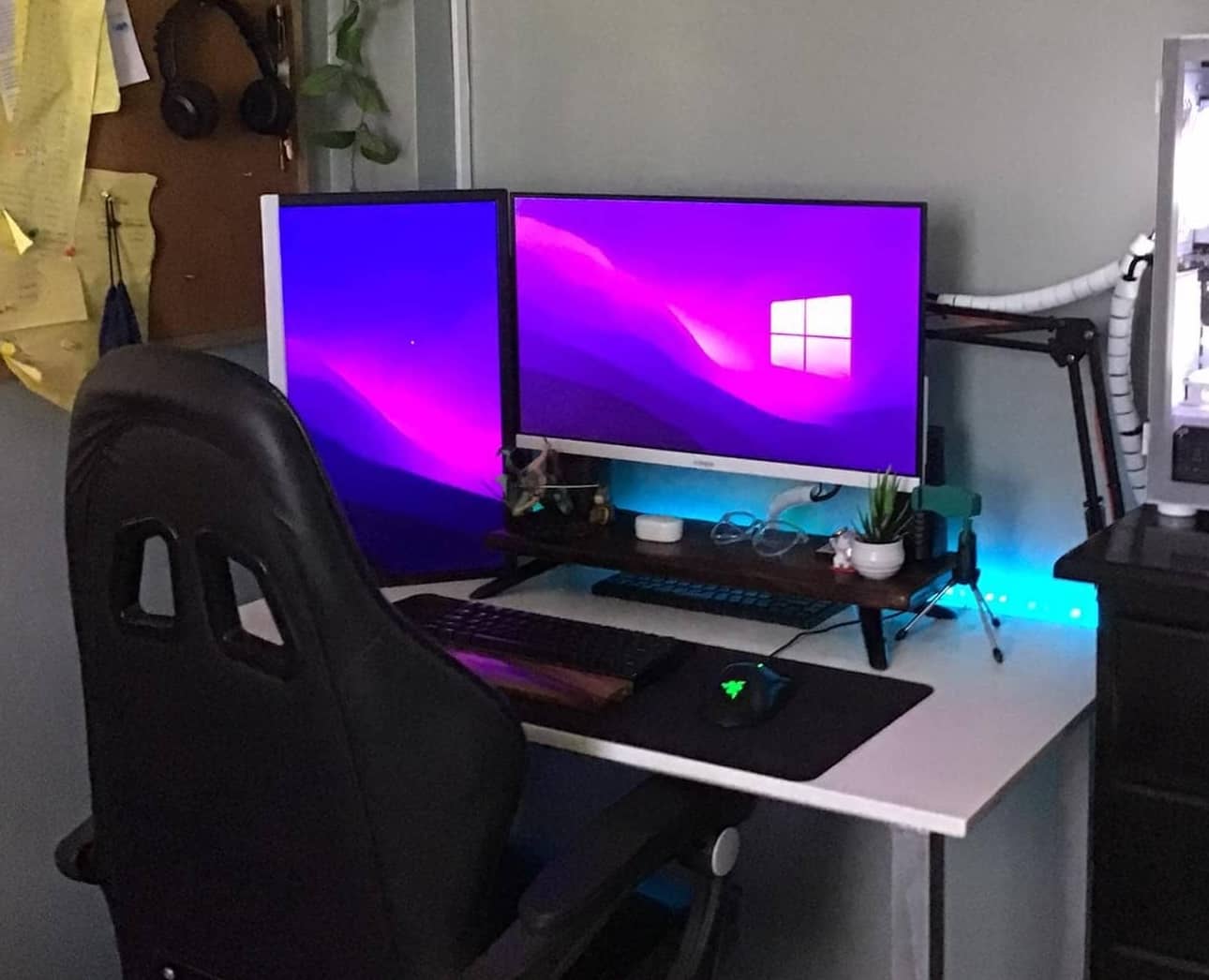Selecting the best display for your PC setup is an important choice that may have a big influence on your gaming experience. Gamers usually have different preferences in choosing a monitor, whether having a better refresh rate or better resolution. For some users, it is difficult to choose which one is better for them, either it is 1080p 240Hz or 1440p 144Hz monitor. Both options have strong reasons to choose, and users might see this in different perspectives based on the games they are playing. To help you choose a display that perfectly satisfy your needs, we explain the factors that might help you with the decision either buying a 1080p 240Hz or a 1440p 144Hz monitor.
Let’s compare two different monitor types, 1440p at 144Hz and 1080p at 240Hz. The goal is to determine which option suits your needs the best and provides the greatest advantages over the other. This does not mean that one is a poor choice because each of the two monitors has advantages that are unique to their users.
Price
The cost is one of the main reasons for anyone from buying the best monitor available. In general, better monitors are more expensive than others. Thus, looking at it this way, a 1440p monitor should costs more expensive than a 1080p one. The price of the 1440p monitor is still significantly higher even though it only has 144Hz refresh rate, whereas the 1080p monitor has a higher refresh rate of 240Hz. So, purchasing a 1440p monitor with 144Hz is strongly advised if you have more money. On the other hand, if your budget is tight, a 1080p, 240Hz monitor works well for gaming, no need to feel bad about it. You just have to do give up better image quality for a higher frame rates output.
Image Quality
There is a significant difference in image quality between 1080p and 1440p. Because 1440p monitors have 78% more pixels than 1080p monitors, the detail displayed on the screen is sharper and more defined. Although 1080p monitors have lower image quality, they relatively use less electricity. This is a good choice for people whose house electrical power is limited. Despite the differences between the two may not be as great as we think because different brands have different standards, it is always a good idea to use less electricity.
Refresh Rate
Refresh rate, for those who are not familiar with this, is the quantity of images displayed on the screen in a second. This means the transition between each image will be smoother if more images are displayed per second. This leads to the fluid movement that is seen when you are playing games.
The typical range for the screen refresh rate is 60Hz, 90Hz, 120Hz, 144Hz, 240Hz, and higher. Every motion or image transition is more fluid at higher refresh rates. In order for users to enjoy games running in a fluid way, gaming monitors ideally should have at least 120Hz refresh rate.
Even though a higher number is better, our eyes are limited to see the difference at higher framerates. This means that when you run at lower refresh rates, for instance by comparing between 60Hz with 120Hz monitor, the difference will be more noticeable. You will barely see the difference of 144Hz monitor that is placed side by side with 240Hz monitor. Furthermore, the refresh rate has no effect on response time when playing competitive games like Call of Duty Warzone of Valorant, meaning this has no influence to your performance whatsoever.
Computer Specifications
The specifications of your computer play a significant role to decide whether you need a 1080p or 1440p monitor. There should not be any issues if your PC is running Nvidia RTX 4090, even if you choose a 4k monitor. Therefore, before making decision which monitor you are going to buy, it is a good idea to run a benchmark for the games you want to play, especially if you have a low or mid-end GPU. This is because games played in 1440p resolution will run at lower framerates than in 1080p resolution in the same graphics settings, considering 1440p demands more power from the graphics card. The processor, RAM capacity, and SSD speed are also the other aspects to take into account when choosing the monitor resolution that suits best with your needs. Once you have determined which one suits the best for your computer specifications, you can choose the ideal monitor resolution.
In the end, it is impossible to say which one of them is superior to the other. Everything comes down to you because you need to consider certain factors to determine which is best for you. Undoubtedly, 1440p is far better than 1080p in terms of image quality. However, 1080p monitors are relatively less expensive if you compare them side by side, of course depending on the brand as well. Your PC specifications should also be taken into consideration. Your PC is powerful enough if it can run games in 1440p with reasonable performance, therefore you can take the 1440p for a better choice. Finally, keep in mind that a higher refresh rate is unnecessary for most people since it is difficult to find the difference between 144Hz and 240Hz.
Someone on a limited budget would be better off with a 1080p 240Hz display. Any Full HD display with a refresh rate higher than 120Hz should be good enough. This type of display is beneficial for those with less powerful PC as well. By doing so, you can avoid spending more money on something you are not really able to enjoy.
If you have a bigger budget and are able to get one of both, a 1440p 144Hz monitor might be a wiser investment. Unless you have a strong reason to do the other way around, it is not worth it to have a 240Hz monitor since you will not be able to see the difference between 144Hz and 240Hz.

















